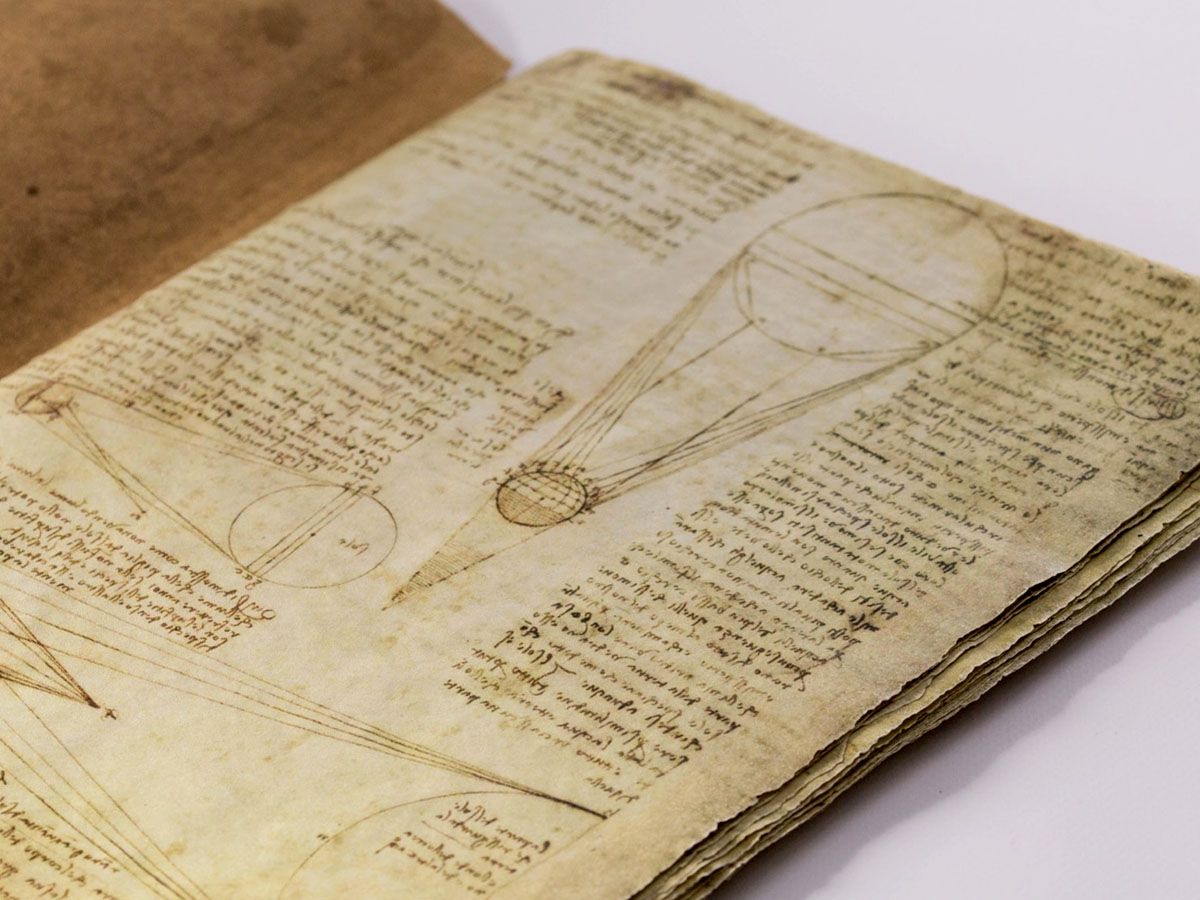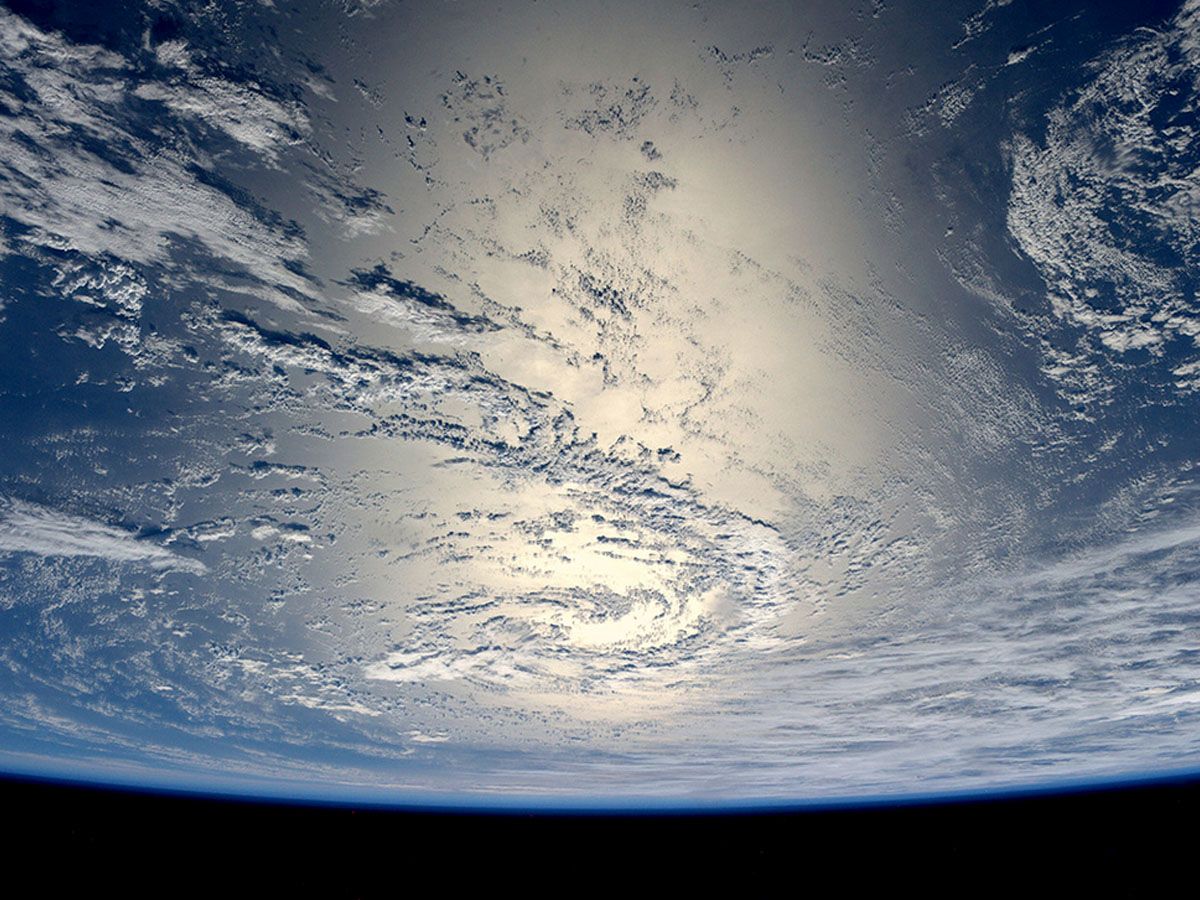As the curtains of nightfall, an ethereal spectacle prepares to take center stage in the celestial theater. The leading actor? None other than our companion in the cosmos, the Moon, bathed in an otherworldly light. This ghostly glow, casting an enchanting luminescence on the moon's dark side, has a name soaked in history and scientific intrigue, the "Da Vinci glow." In the coming week, this awe-inspiring performance is set to return, offering us a front-row seat to a celestial phenomenon that intertwines nature's grandeur with the genius of a Renaissance polymath.
Leonardo Da Vinci and The Earthshine Mystery
Imagine the 16th-century world, a time when the mysteries of the cosmos were yet to be fully understood. In the midst of this era of exploration and discovery stood Leonardo da Vinci, a man of art and science, driven by a relentless curiosity. Da Vinci, renowned for masterpieces like the "Mona Lisa" and "The Last Supper," turned his ingenious mind towards unraveling the secrets of the universe. One such secret was the enigmatic glow that shrouded the Moon, a phenomenon we now refer to as the "Da Vinci Glow."

In his quest to unravel this cosmic enigma, Da Vinci meticulously recorded his findings and theories in the "Codex Leicester," a scientific manuscript that stands as a testament to his genius. His study was primarily focused on the intriguing glow that bathed the unilluminated part of the Moon during the crescent phase at dawn or dusk. During an era when heliocentrism was yet to be widely accepted and lunar expeditions were the stuff of imagination, Da Vinci suggested that the Moon served as a mirror of light. His theory postulated that the Earth's atmosphere and oceans were the key drivers behind this captivating lunar luminescence.
The Modern Understanding of the "Da Vinci Glow"
Fast forward to the present day, and our understanding of this phenomenon has evolved significantly. Modern research, empowered by advancements in technology and space exploration, has revealed that the primary source of the Da Vinci Glow is not the Earth's oceans as Da Vinci hypothesized, but rather, the light reflected off the Earth's clouds. This revelation has contributed to a deeper comprehension of the phenomenon now commonly referred to as "Earthshine."

When and Where to Witness the Da Vinci Glow
Now that we've explored the historical and scientific backdrop of the Da Vinci Glow, you're probably eager to witness this celestial spectacle for yourself. Fortunately, the conditions needed to observe this phenomenon are quite specific and predictable. The Da Vinci Glow is best observed when a slim crescent moon is visible close to the horizon, during the last few days and the first few days of the Moon's orbit of Earth. The upcoming dates to observe this glow are in the early mornings of May 15 to May 17 and in the evenings after sunset from May 21 to May 23.
Tools and Conditions for Optimal Observation
Observing the Da Vinci Glow doesn't require a high-powered telescope or expensive equipment. In fact, it can be best appreciated with the naked eye under the right conditions. However, a small telescope or a pair of binoculars can definitely enhance the viewing experience by bringing the faint, ghostly glow into sharper focus. The ideal conditions to witness this phenomenon are clear skies with minimal light pollution. Moreover, Earthshine is typically brightest between April and June, making these months the optimal time for observation. So, as the days lengthen and the nights shorten, prepare yourself for the unforgettable sight of the Da Vinci Glow.

The Impact of Climate Change on the Da Vinci Glow
The Da Vinci Glow, a celestial spectacle that has captivated observers for centuries, is not immune to the far-reaching effects of climate change. As our planet warms, alterations in our atmospheric and oceanic patterns are emerging, and these changes have potential implications for this ethereal glow.
A specific concern relates to the reduction in low clouds over the eastern Pacific Ocean. These clouds play a significant role in reflecting sunlight back to the Moon, contributing to the intensity of the Da Vinci Glow. However, scientists at the Big Bear Solar Observatory in California have observed a worrying trend. As the ocean temperatures rise, the extent of these low-lying clouds is diminishing.

This decrease in cloud cover has a twofold impact. Firstly, it leads to a decline in Earth's overall reflectiveness, a measure known as albedo. This reduced albedo has implications for our planet's ability to reflect solar radiation back into space, contributing to further warming.
Secondly, the diminished cloud cover directly affects the intensity of the Da Vinci Glow. With fewer clouds to reflect sunlight, the amount of light that can bounce off the Moon's surface decreases, resulting in a fainter Earthshine.
In essence, the alterations driven by climate change are not only affecting our planet but are also casting a shadow on the Moon. The Da Vinci Glow, a testament to our intricate cosmic interactions, serves as a reminder of our need to preserve and protect our environment for the future of our planet and the continued observation of these celestial phenomena.
Sources: earth.com / livescience.com / cbsnews.com












